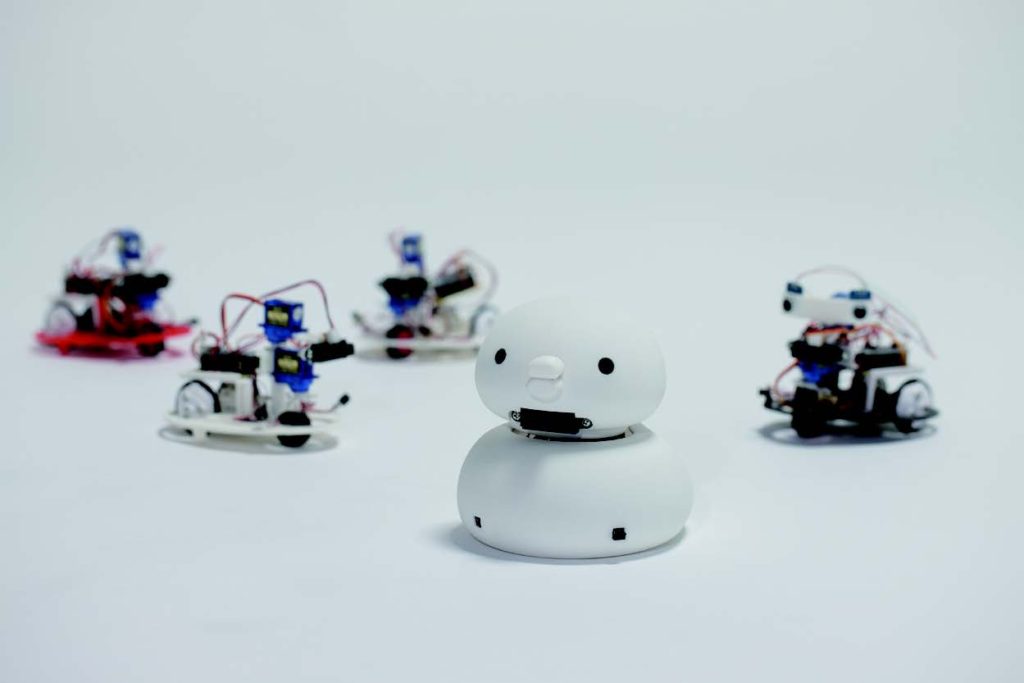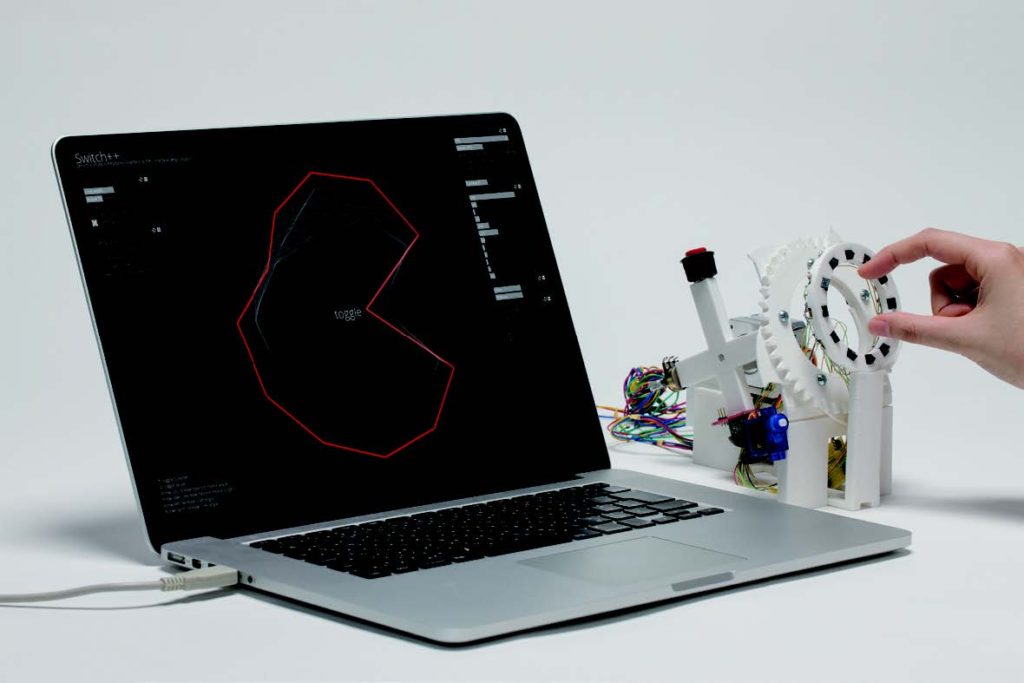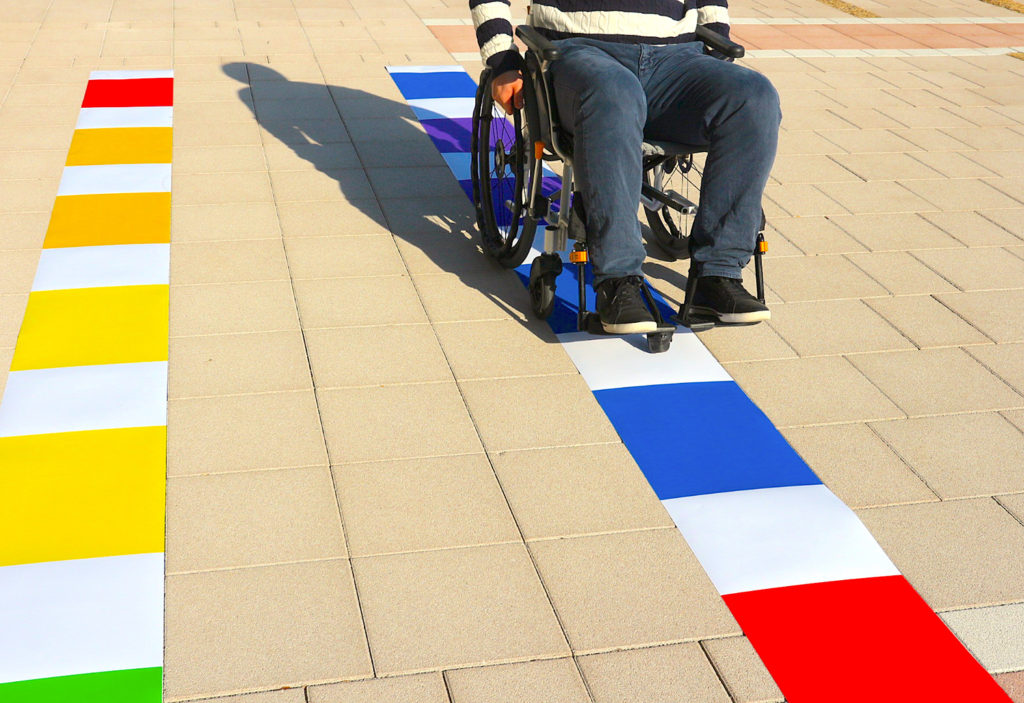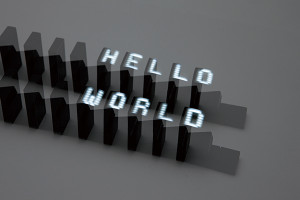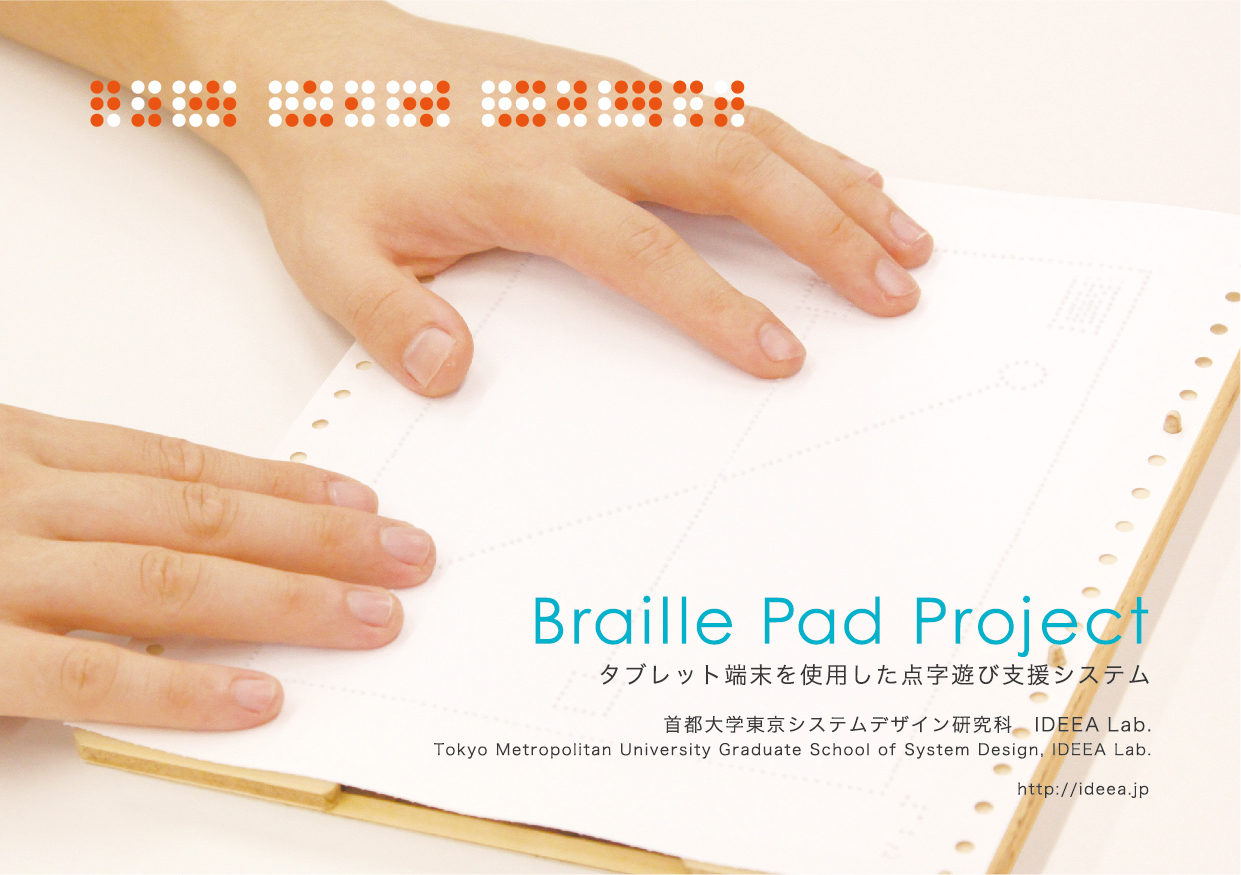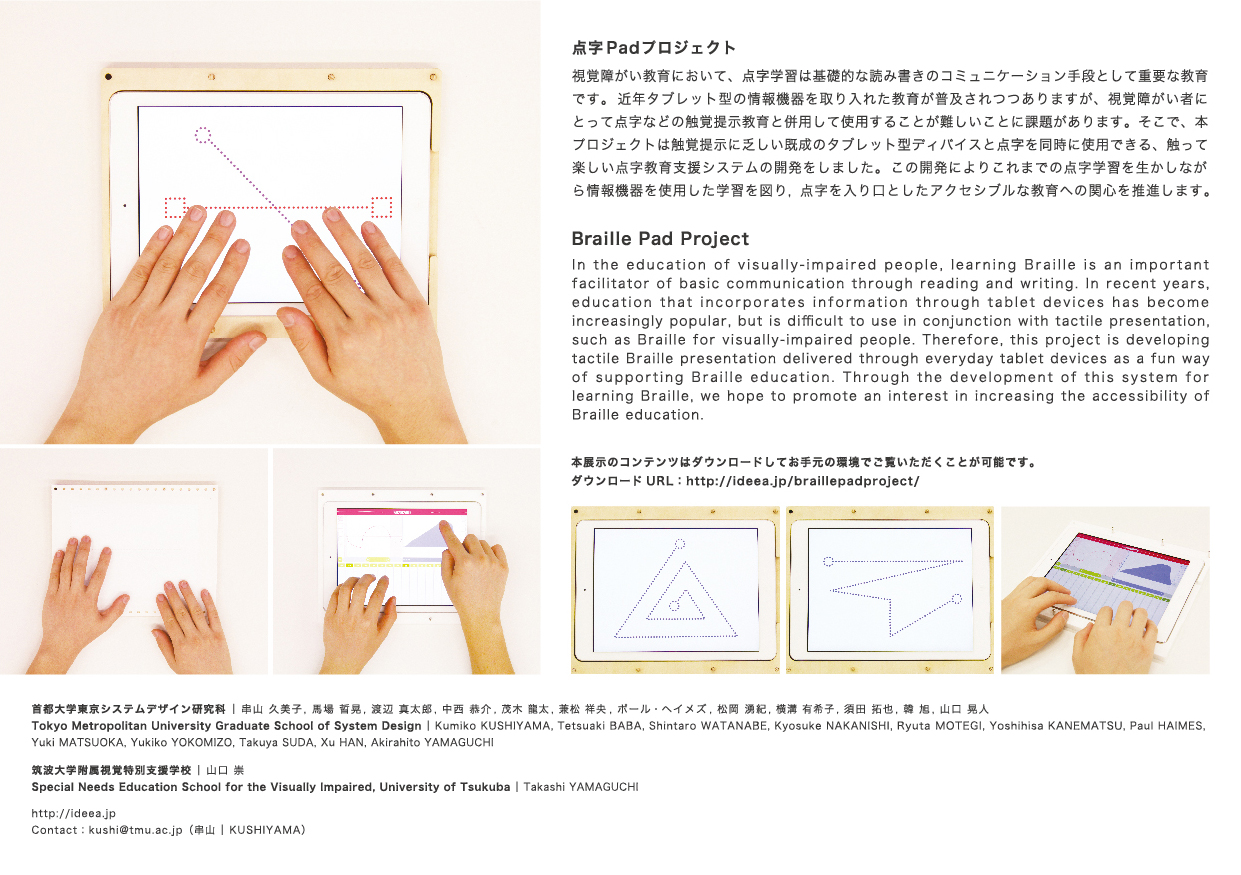Fuji-chan は災害情報を今までにない形で可視化するディス プレイです。富士山は多くの人が訪れる日本の観光名所ですが、それが活火山であることを理解している人は多くありません。Fuji-chan のデバイスは聴覚情報と共に、気温を表示する上部のLED と噴火情報を示す底部のLED によって、視覚的に 情報を提示します。Web サーバへ接続することで、5 秒ごとに富士山頂の天候と噴火の情報を取得します。レベル2 以上 の噴火警報が出ている場合、警告音が鳴り、底部のLED が警 戒レベルにあわせ光ります。このシンプルな情報伝達によって、ヴァーチャルに警戒情報を伝えることができます。私たちはこのFuji-chan が、IoT 技術を美的価値を持つ心地よいインタラクティブ作品へと応用するという、「Internet of Beautiful Things」の考え方を広めていくことを期待しています。
Fuj i -chan was created as a way of visual ising hazard information in an unconventional way. Despite being a popular tourist attraction, few people realise that Mount Fuji is actually an active volcano. The Fuji-chan device provides information visually through LEDs at the top (indicating temperature) and base (indicating volcanic eruption), with an aural alarm also for volcano eruption warnings. The Fuji-chan device connects to a web server and retrieves weather and volcano eruption data every five seconds. If there is an eruption warning of level two or above for Mount Fuji, the alarm will sound and the base of the device emits a colour based on the warning level. By communicating this information simply, virtually anyone can understand the warnings. We also hope that this device promotes the idea of an “Internet of Beautiful Things”, with IoT technology being applied to aesthetically pleasing interactive works.


